Why Isn’t My Clickbank Link Getting Any Sales?
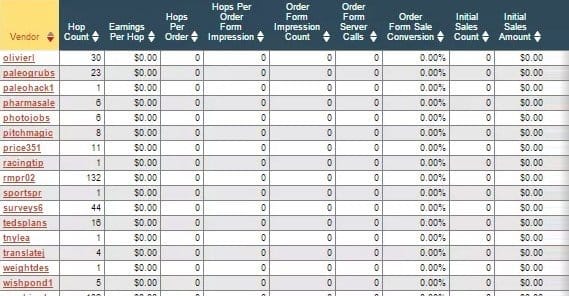
Success with affiliate marketing, through Clickbank or any other network relies entirely on one thing: making sales. In order to make sales, you need the right conjunction of factors, and it’s breaking down those factors and optimizing them that helps you work up to real success.
If you’re not making sales, you need to look into why that might be. Here are the most common reasons.
Common Issues with Clickbank Marketing
These are the most common issues I see with affiliate marketing. Believe me when I tell you, for every successful affiliate marketer – that is, for every person making more than, say, $300 per month with affiliate marketing – there are dozens or even hundreds of failures.
And that’s not even considering what a real, lucrative success would be. There are so many examples of what not to do, that it’s easy to study them and pull out the biggest problems.
You’re marketing the wrong products. The choice of what product to market is hugely important, because it informs everything from your site URL to your copy to your potential profits. Clickbank is good about offering some metrics about offers up front, so what makes a good offer?
- One thing you might look for is a product that is low cost on its own, but has several different upsales. This means the initial sale might not be valuable, but each conversion has the potential to become much more valuable. Also, the initial value means less competition when people just look at the basic numbers.
- Another thing to look for is that the sales page for the offer is natural, with “native” sales rather than a pushy landing page. The more an affiliate makes the sales feel like helpful content, the more likely users are to want to buy. Video sales tend to help with this as well.
- One essential element you need is to find products that have a significant proportion of good, solid reviews online. If the product has a lot of negative reviews, or if the positive reviews look faked, it’s going to cause a loss of confidence in your users when they research it.
- A metric exclusive to Clickbank is gravity, which is the number of affiliates that have sold the product in the last three months. A gravity ranking of above 20 indicates that the product has a decent conversion rate. If the gravity is low but the other items on this list look ideal, you have to wonder why it’s not selling.
You’re marketing to the wrong people. When you have a product picked out, you then have to figure out what kind of need it fulfills, what kind of problem it solves. Then you need to reverse engineer the kinds of people suffering from that problem, the kinds of people who can benefit from finding and buying that product. Then you need to figure out how you can reach those people. What kinds of copy and rhetoric do you need to reach them? What kinds of communities do they hang out in? How can you reel them in with advertising? Finding the right kind of audience is crucial.
You’re including too many links on a given page. There are two major reasons links can come back to bite you if you have too many of them on a page. The first is that it dilutes your message. If you have links to several different products, you’re asking your consumers to make a choice. They didn’t come here to make a choice, they came here to be convinced. They want you to sell them one product, not give them three different products they have to pick from.
The second reason is because, once you reach a certain density of advertising or affiliate links, you start to take a hit in SEO. Google doesn’t like high density affiliate links on a single page, even if they’re coupled with value, such as a broad table with links to each product being compared. Even before you go so hard you earn a penalty, you’ll start to be ranked lower and lower. Don’t push it.
You’re not really selling the product. In this case, you really don’t want to be a pushy salesman. By selling the product, I mean selling it in the mind of the reader. They already know what the product is, and what their own problems are. You need to tie the two together. You need to extol the virtues of the product, in a frame that indicates to them how it can solve the exact problem they’re experiencing. You need to sell them on the concept of the product.
As an affiliate, you’re not the one doing the actual sales. You’re writing blog posts and recommendations and reviews, and pointing at the actual store that sells the actual product. It’s up to them to close the deal, and that means unfortunately that they have to be good at it. You’re relying on them and what they can do.
You’re expecting more sales than is realistic. This is a big one, and you see it a lot in threads like this one. People expect to be able to jump in, set up a basic website, buy some traffic, and start making money. The reality is, you’re going to end up with hundreds or even thousands of clicks without a conversion, and your conversions are going to come slow at first. You’re a new site, you don’t have a lot of trust built up, and there’s no way for the average user to tell how valuable your information is. Chances are, you’re going to be getting a lot of the rest of this list wrong too. You need to take your time and investigate what is and isn’t working. When you find an aspect of your marketing that isn’t pulling its weight, you need to optimize it to get it to work better.
You haven’t built up trust in your site or brand. Trust is a huge part of selling through an affiliate site, particularly when you’re selling something through another storefront that may or may not be highly trusted itself. It’s one thing if you’re using Amazon affiliate links – everyone knows and trusts Amazon. It’s quite another when your affiliate is a shop most people have never heard of, with a site that doesn’t put a lot of effort into a modern design because they have affiliates doing all of the selling for them.
You need to be trustworthy, not as an extension of the brand you’re selling or as a store yourself, but as a source of information. That means you need high quality information, you need references from influential people, and you need a good search ranking. None of this comes fast or easy.
You’re trying to sell without a website. A lot of people like to think they can be successful affiliates without having to invest in a website. After all, creating a website and creating the copy for it is all time consuming and expensive. It’s the most complex part of getting into affiliate marketing and it’s the easiest part to get wrong. Why not just sell to your audience directly through Facebook ads or something?
Well, the problem is, you need more than just PPC to make a profit. You’re not the only one selling through those ads, but the difference is, you’re pointing at an unoptimized storefront you don’t own, while your competitors are pointing at optimized landing pages. They have their own analytics, you don’t. They have a lot more resources as well.
Just look at that link; it’s a guide for affiliate marketing without your own site, and even it leaves PPC for the last entry, and they say flat out that it’s not an option they recommend.
You’re not building a list of trusting followers. Talk to any successful affiliate and one of the first things they’ll tell you is that the money is in the list. Building a list of interested people who trust you gives you a great pool of people you can market to time and time again. With a site, you’re passively bringing people in and marketing to them about one single product. With a list, you can recommend to them new items month after month. They already trusted your opinions enough to sign up for your list, so they’re going to take a good long look at each and every product you recommend. You really, really need to build a mailing list.
The best part is that a mailing list gets around many of the hardest aspects of marketing. You don’t have to worry about your search ranking within a mailing list. You don’t need to worry about attracting people, because they’re already there. The rest of your marketing can funnel into a list rather than directly to affiliate offers, and you’ll probably end up better off for it.
You’re trying to succeed in a highly competitive niche. This is another big one. A lot of newbies go into affiliate marketing and pick high value offers, not realizing that thousands of other people did the same, and some of them have succeeded. You’re not walking into a broad, open niche, you’re walking into a crowd where everyone is shouting to be heard, only some people have billboards and megaphones already.
General Tips for Affiliate Success
With all of those mistakes, what can you do to make sure you find more success, faster? It’d be easy enough to just go through the list and “don’t do those,” but I want to give you something a little more tangible.
First, focus on information first. Don’t think of yourself as a marketer or a salesman. Think of yourself as a reviewer, an impartial observer. Present yourself as someone who had a problem and used X to fix it, not as someone who wants someone else to buy X.
The goal here is to become a reliable source of valid information. This means writing about the product from the perspective of a knowledgeable user. You’re helping people, and in doing so, you’re getting them interested in buying what you’re selling.
How can you help people? The place most people start is with a review of a product. You can also look for specific problems people commonly have, and write about how the product solves those problems. You can write support and usage guides for the product as well, so you display experience with using the product, even if people aren’t going to come back specifically to reference those guides.
Next, you need to be building a mailing list. I would argue that, if you had the choice between convincing one person to sign up to your list and convincing one person to buy your offer, you should go for the list building. By getting them to trust you enough to register for your list, you’re creating a recurring opportunity. With conversions, you get them once and then they’re gone.
Once you have your own affairs in order – by which I mean a site and blog of your own with a localized sales funnel pushing people to your mailing list and to your offers – you can broaden the net. Cast out and look for places you can post your value where others can see it. Find people who have the problem your product can solve, in other communities, like Facebook groups and web forums.
Don’t just go and drop a link, though! Talk to them about having the problem yourself, and link them to the blog post where you talk about solving it. They’ll read and see the link, and will make the jump to conversion themselves. If you present yourself with an affiliate link directly, it’s very obvious and they’re going to shy away.
 ContentPowered.com
ContentPowered.com
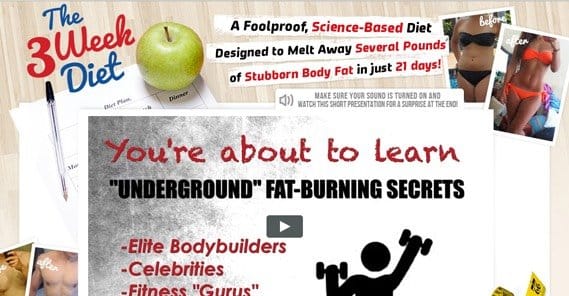
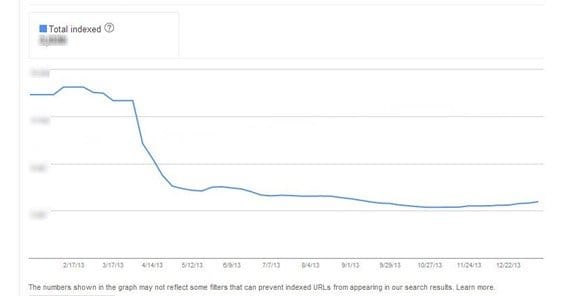

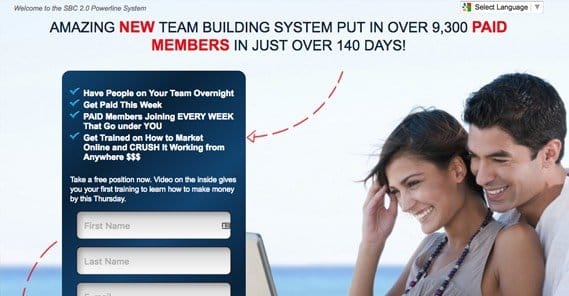

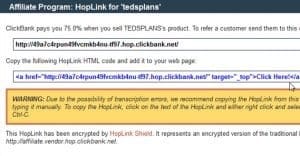
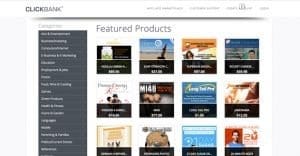


I highly appreciate your information. I will continue growing my mailling list on my website while at the same time I select high quality products.